You’ll master professional jewelry photography through extensive certification programs that cover advanced lighting techniques, macro photography, and focus stacking methods. These courses teach you strategic light placement to control reflections, specialized macro lens usage for intricate details, and professional post-processing skills using Adobe Photoshop. You’ll develop a market-ready portfolio showcasing diverse jewelry types while receiving personalized instruction in small class settings. Upon completion, your certification validates expertise and opens doors to freelance opportunities with luxury brands, enhanced credibility, and various industry positions that’ll transform your passion into profit.
Advanced Lighting Techniques and Equipment Mastery
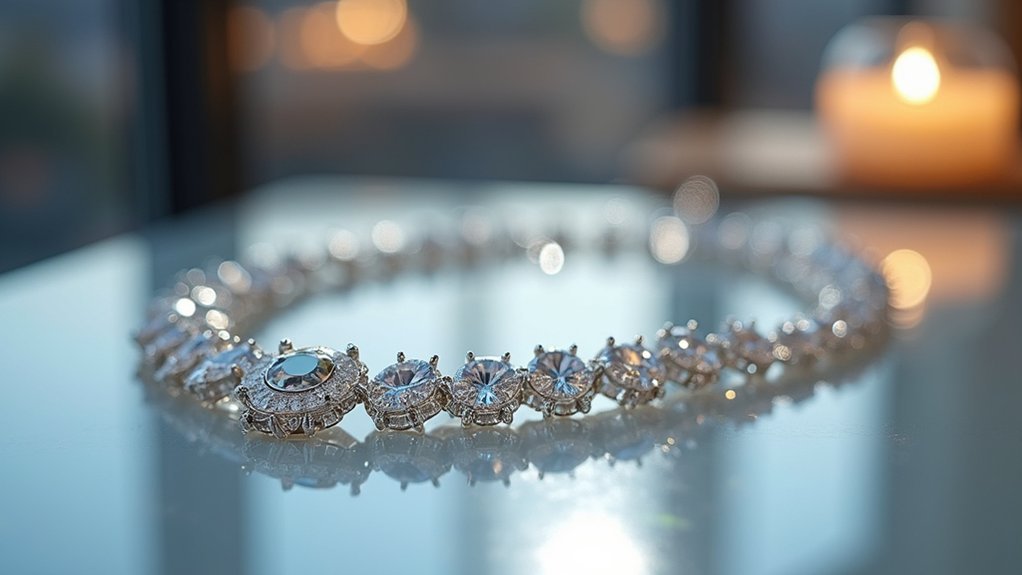
When you’re photographing jewelry, mastering advanced lighting techniques separates amateur snapshots from professional-quality images that showcase every facet and detail.
Your studio setup requires strategic placement of multiple light sources to control reflections and eliminate harsh shadows that obscure high-quality jewelry pieces.
Strategic light placement controls reflections and eliminates shadows that hide intricate jewelry details in professional photography setups.
You’ll need to understand cone diffusion principles when capturing reflective surfaces like pearls, managing light refraction challenges that can distort your macro lens shots.
Photography professionals rely on both continuous lighting and flash systems to achieve ideal depth-of-field and image clarity.
Your camera settings work hand-in-hand with lighting techniques – adjusting aperture and ISO values while maintaining proper light positioning guarantees sharp, vibrant results.
Mastering these jewelry photography fundamentals transforms ordinary product shots into compelling visual presentations that highlight every intricate design element.
Macro Photography and Focus Stacking Methods
Since jewelry contains intricate details that standard photography can’t fully capture, you’ll need macro photography techniques to reveal the fine textures, engravings, and gemstone facets that make each piece unique.
Specialized macro lenses and attachments enable you to showcase these overlooked features in stunning detail.
Focus stacking becomes essential when shooting macro jewelry images, as it combines multiple shots taken at different focal points to achieve maximum sharpness throughout the entire piece.
You’ll use software like Adobe Photoshop or Helicon Focus to seamlessly merge these images.
Proper lighting remains critical—diffused light sources eliminate harsh shadows and reflections that can ruin your shots.
This photography course emphasizes experimenting with various compositions and angles, as these advanced skills greatly impact your final image quality and professional presentation.
Professional Post-Processing and Retouching Skills
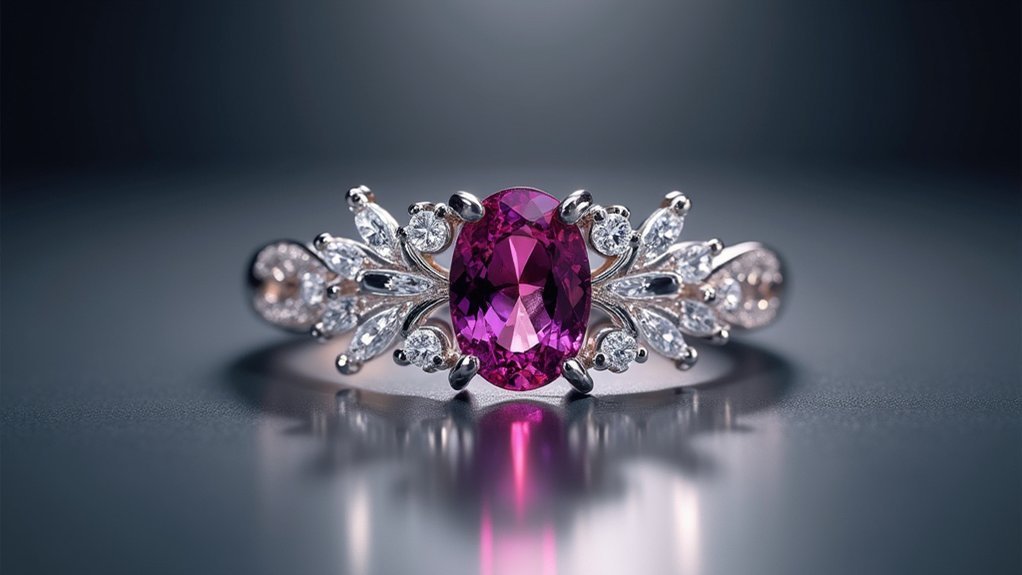
Capturing sharp, detailed macro images represents only half the jewelry photography equation—the real magic happens during post-processing where you’ll transform raw captures into polished, professional presentations.
Professional post-processing separates amateur shots from gallery-worthy pieces that jewelry photographers demand for their portfolios.
Professional post-processing transforms amateur jewelry shots into gallery-worthy masterpieces that elevate your photography portfolio to certification standards.
You’ll master high-end retouching techniques that address lighting inconsistencies from different lighting setups while preserving authentic gemstone colors and metal textures.
The skills needed include:
- Advanced color correction workflows using Adobe Photoshop’s professional tools
- Focus stacking integration for maximum sharpness throughout complex pieces
- Specialized retouching methods for removing dust, scratches, and reflections
- Lighting enhancement techniques that maintain natural appearance
- Streamlined post-processing workflows for efficient professional output
Expert feedback guarantees you’ll develop the technical precision required for certification-level jewelry photography excellence.
Portfolio Development and Market Readiness
Everything you’ve learned about lighting, composition, and post-processing culminates in building a portfolio that’ll launch your jewelry photography career.
Through focused portfolio development with only 10 students per class, you’ll receive personalized guidance creating market-ready images that meet industry standards. You’ll photograph different types of jewelry using various lighting setups, from delicate rings to luxury jewelry pieces, guaranteeing your collection demonstrates versatility and technical mastery.
Real-world projects give you practical experience capturing intricate details and textures that clients demand.
Certification Requirements and Career Benefits
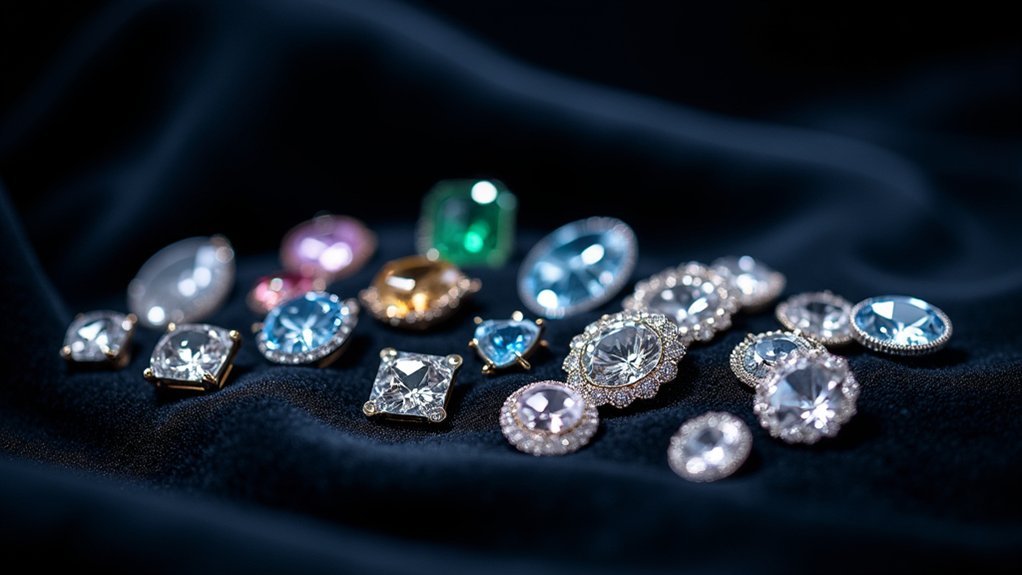
After completing all assignments and demonstrating mastery of professional jewelry photography techniques, you’ll earn certification that validates your expertise and transforms your career prospects.
This extensive course covers essential skills that position you for success in the competitive jewelry photography market.
Your certification opens numerous career opportunities:
- Enhanced credibility and marketability within the jewelry photography industry
- Featured listing for one year, providing visibility to potential clients
- Access to positions in photography studios and e-commerce businesses
- Freelance opportunities specializing in luxury jewelry brands
- Ongoing support and resources for continuous skill development
The program limits students per cohort, ensuring personalized attention and quality instruction.
Upon graduation, you’ll join a network of certified professionals equipped with industry-recognized credentials that distinguish you from competitors in this specialized field.
Frequently Asked Questions
How to Learn Jewellery Photography?
You’ll need proper lighting equipment, a macro lens, and tripod. Practice capturing fine details, learn composition techniques, and master post-processing software. Take online courses, study professional work, and experiment with different jewelry pieces regularly.
What Is the Best Certificate for Photography?
You’ll find PPA certification most valuable for general photography since it requires portfolio review and offers networking opportunities. However, if you’re specializing, consider niche-specific programs that’ll provide targeted skills for your market.
How Much Do Jewelry Photographers Charge?
You’ll find jewelry photographers charge $100-500 per hour or $25-500 per image. Package deals typically cost $300-1,500, while full-day shoots range from $1,000-3,000, including editing and post-production work.
What Is the Best ISO for Jewelry Photography?
You’ll want to use ISO 100 for jewelry photography since it minimizes noise and maximizes image quality. This setting gives you sharp details and accurate colors when photographing metals and gemstones.
In Summary
You’ve learned the essential skills needed to excel in professional jewelry photography. With advanced lighting techniques, macro photography mastery, and expert post-processing abilities, you’re equipped to create stunning portfolio pieces. Don’t forget to pursue certification to validate your expertise and open career opportunities. You’re now ready to enter this specialized market with confidence and technical proficiency that’ll set you apart from competitors.


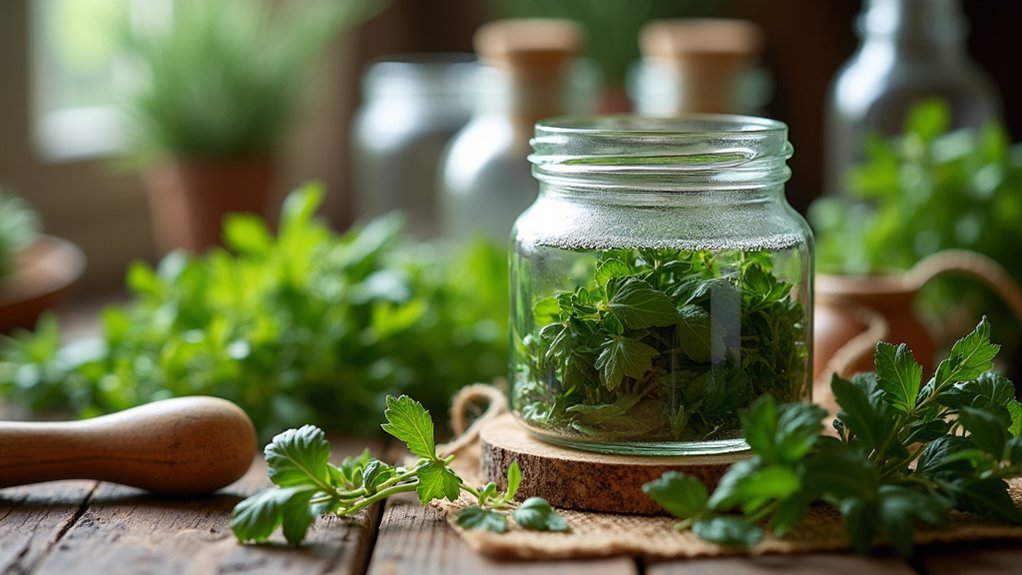
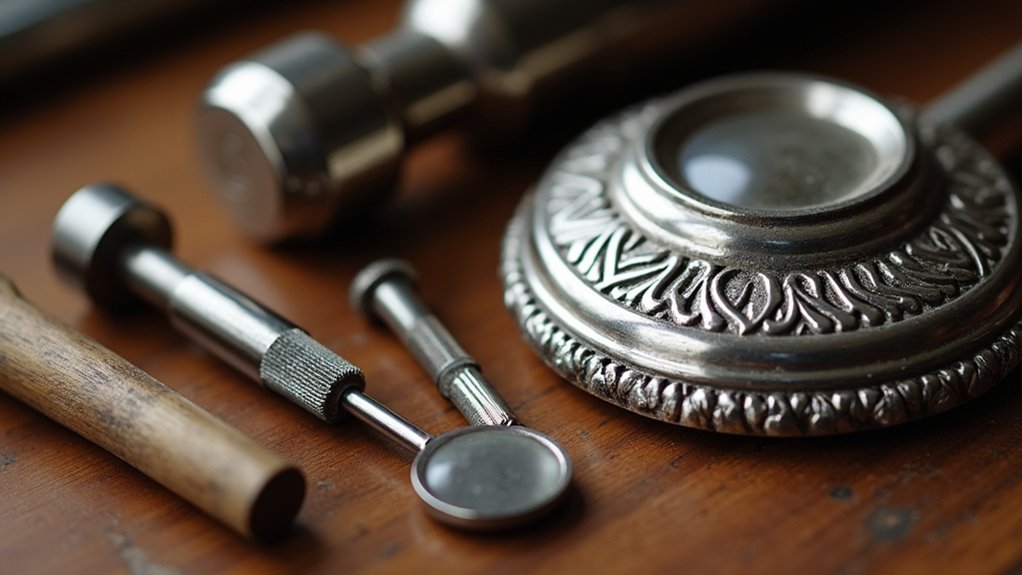
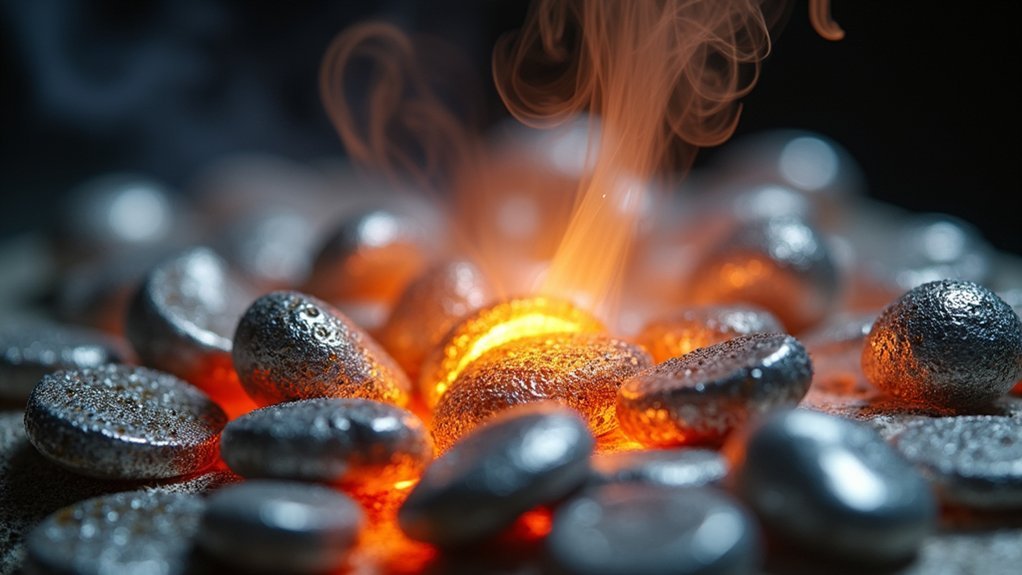
Leave a Reply